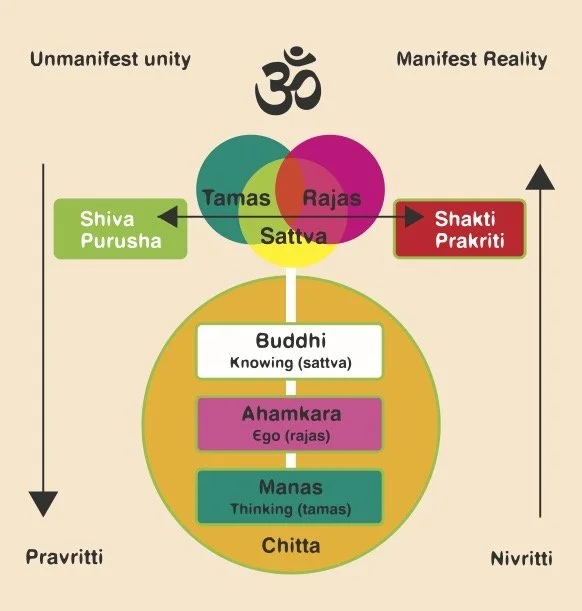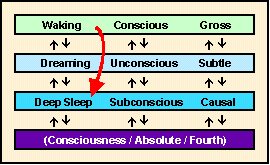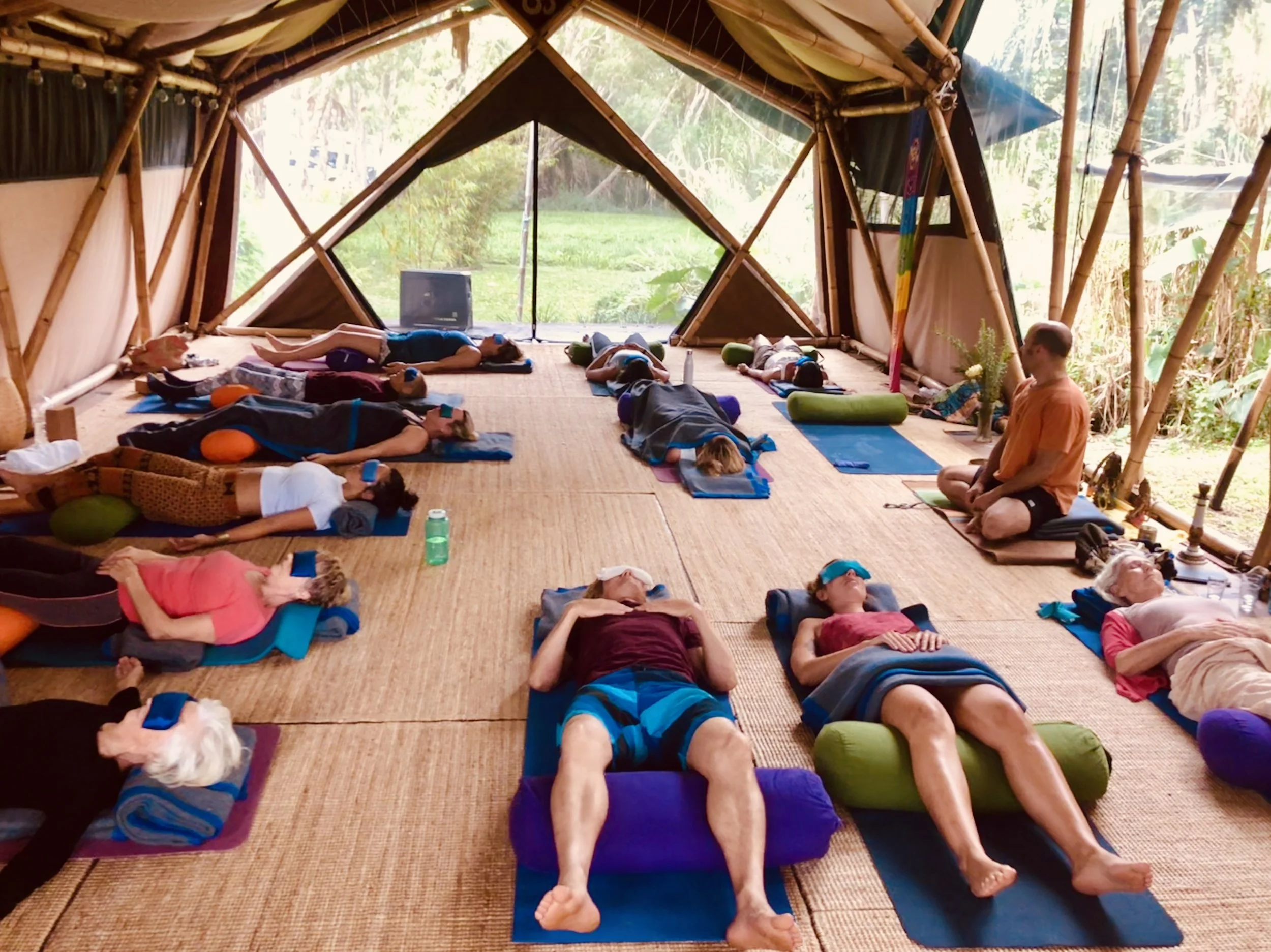This is the first instalment in an ongoing blog Series, Yoga and the Art of Change.
If you want to stay tuned in be sure to subscribe to our mailing list of follow us on zee socials…🤙
So WHERE do we go from HERE?
“Man sows an action or thought and reaps a habit of doing or thinking. He sows a habit and reaps a character. He sows a character and reaps a destiny. Habit is second nature or rather first nature itself. Man has made his own destiny by thinking and acting. He can change his destiny. He is the master of his own destiny. There is no doubt of this.”
Yoga is full of quirky paradox, seemingly opposing ideals, that are somehow supposed to make sense.
One such twist of ideals is the idea to ‘Be here Now’ juxtaposed against the aspirations of ‘Self Evolution’ and ‘Personal Growth’.
It seems like conflicting advice, non? To be content with what is, yet at the same time to aspire for something better..?
I’m here to tell you that these two aspirations can joyfully co-exist and show you how a practice of yoga can use the art of ‘Being Here Now’ to realise the dharmic quest of ‘Living your Best Life.’
Yoga and Karma
This is a part of a Blog Series, so for the juice on Karma - please jump in a read the full blog on Karma (WTF is Karma Anyway? - coming soon) - but for the moment, let’s suffice to say that Karma is Action. Karma is the sum total of all actions ever taken - in many ways Karma is the effect of our actions. We are affected by karma of our present actions, our past actions, and indeed the karmas of many others people all over the planet. The fact that you exist is the simple karma caused by the action of your parents at one point doing the deed of procreating you. Some good karma right there!
When we begin to delve deep into studying Karma - we realise that it is existing on very subtle levels, and we are creating Karma in very subtle ways. There is the Karma of our physical actions, the Karma caused by our Speech, and indeed Karma caused by our thoughts.
Change is inevitable…
The Karmic Web
I like to look at Karma as the web of life - an infinitely large web, that travels across all space and time interconnecting the sum total every action made by every being, ever. Cool huh?
Bad Karma = Poor Choices
At the risk of becoming simplistic, many of the ‘undesirable circumstance/bad karma’ that influence us is due us making poor choices, perhaps they are our own choices, perhaps it is the choices of others being imposed upon us (all karma is interdependent) if karma is pre-existing, we can’t change it, the only thing that we can change is how we respond to it, which will influence future karma.
Often, despite not knowing that it’s a bad idea, we choose to do something anyway, or respond to something in a way that we kinda know is not really constructive - we do this mostly because that’s the way we’ve always done it, these old behaviours are like the grooves worn into a path, in many ways it’s easier to follow the old path, even a dysfunctional one, that put in the effort to forge a new path, yogis call these patterns of behaviour, samskara.
And let’s face it, change is hard.
So how do I CHANGE things?
The important thing to realise is that we can only change our future reality, by becoming fully present in this reality. And this is where yoga become wonderful, it not only gives us a poetic philosophy for understanding life, it offers some pragmatic techniques that will support us to change.
These techniques are essentially working around a framework to achieve these goals;
Balance the physical, energetic and mental body.
Understand the influence of Karma and Samskara in your life.
Cultivate the wisdom, energy and resilience to make the changes as they need to be made, bringing full awareness into the next dharmic action, make each action with full awareness and from a space of love - creating new positive Samskaras and freedom from the obligations of Karma.
Yoga is a system that requires both stillness and action. Through conscious action we experience stillness, and through cultivating stillness, we support conscious action. There are many actions espoused in the vedic traditions of yoga, vedanta and tantra all of which have a value and purpose to this effect.
A short summary of the core practices offered to cultivate this change through the tradition of yoga are;
Asana - balancing the physical body, explore and expand our physical potential, connect the physical to energy and mind, learning to become fully present within this physical reality.
Pranayama: Literally meaning Control of Energy Prana=Energy, Yama=Control - The breath serves as a portal to ‘prana’ - our subtle energy body. We learn to observe, then balance, control, expand and direct this potent life force, developing mastery over our latent power of manifestation.
Mudra/Bandha & Kriya: Intrinsically connect to pranayama, the techniques of Mudra/Gesture, Bandha/Lock and Kriya/Action serve as sophisticated system of controlling and directing Prana, along with the practices of asana and pranayama, these techniques are the mechanism of Tantric or Kundalini Yoga - in which we seek to awaken and elevate the dormant potential of Kundalini.
Meditation: We learn to still the fluctuations of the mind, developing insight into the nature of our own karmas and samskaras - ultimately through awareness of these forces we learn to discern and detach from them (Vivek & Vairagya).
Yoga Nidra: These can be included in meditation but we will treat is separately because it is so important and I make a big fuss about it in the next blog. Yoga Nidra gives us a toolkit for deep mental and physical relaxation, through the use of Sankalpa we create of potent catalyst for the evolution of our humane potential.
You can read lots more about this in our next blog here;










So I haven’t always been a shiny happy meditation teacher - there was a time (more like an era) in my life when I was anxious, depressed, lost and addicted to various substances and a whole lot of bad thinking…